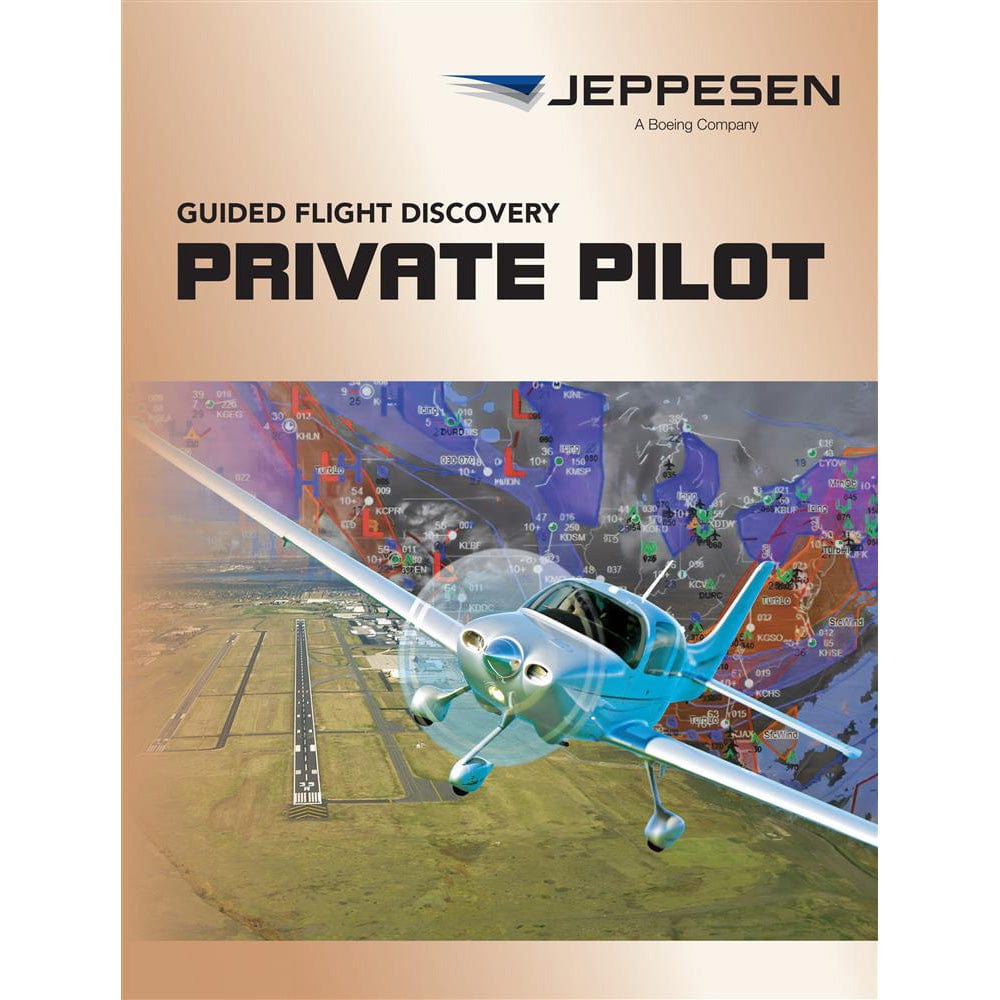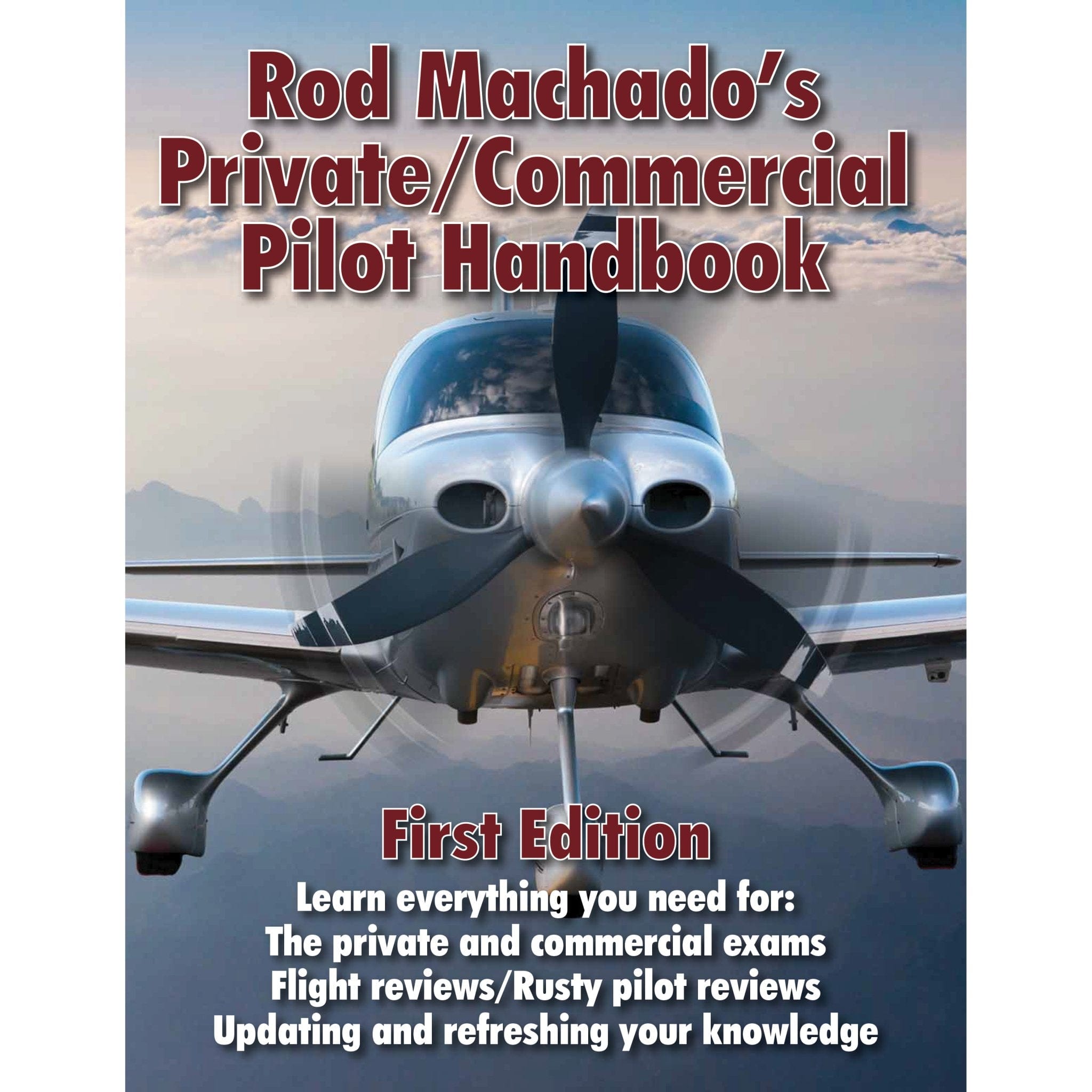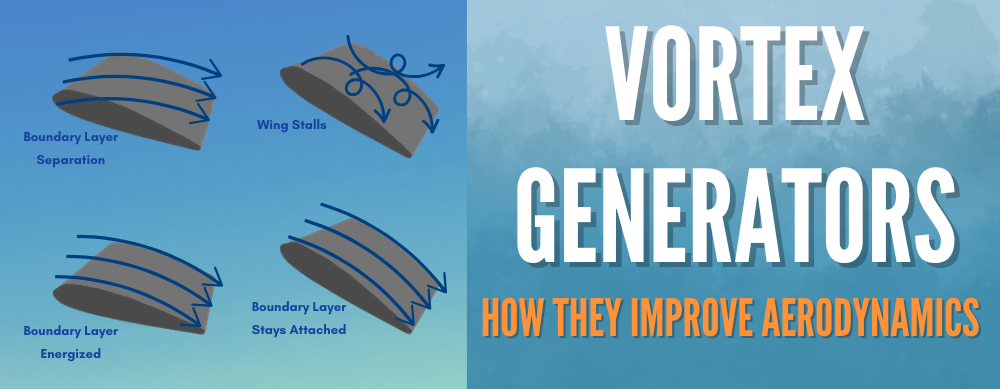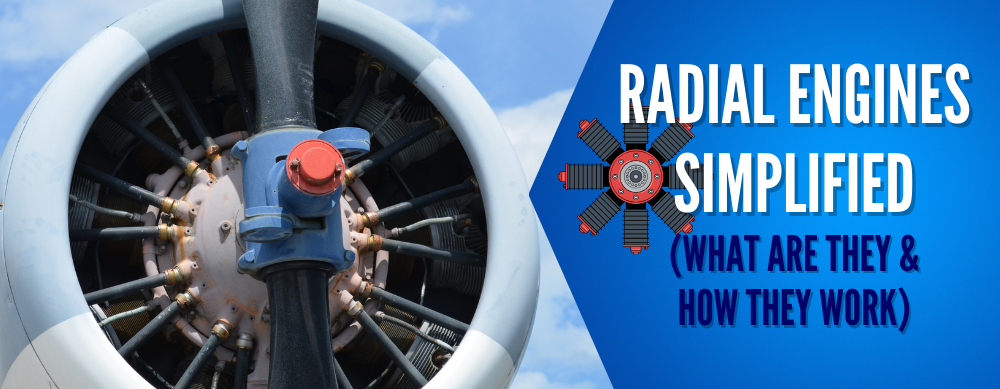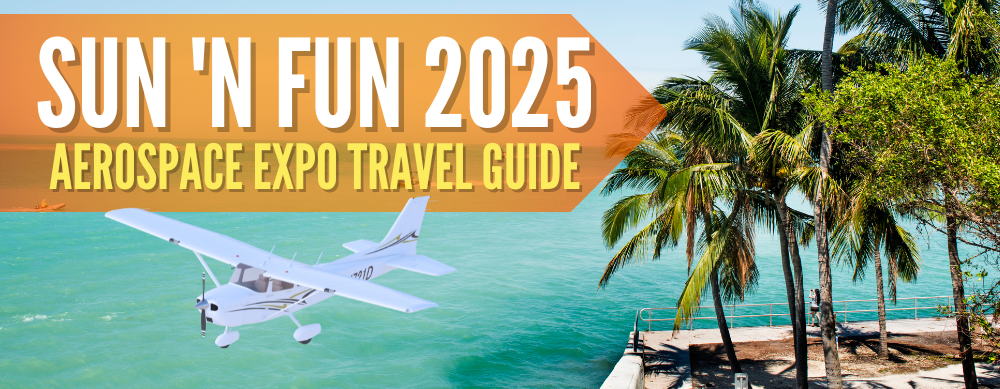So you've made the decision to pursue your private pilot license. Maybe you took a discovery flight, or perhaps you have a family member who is already a pilot. Either way, the aviation bug has bitten you and now you're eager to dive into everything aviation has to offer.
And while there are different options available, some people want to fast-track their training so they can focus on more advanced skills for a career as a pilot.
Don't worry, we'll help you!
This guide will walk you through the fastest way to get private pilot license, covering what to expect, how long it takes, and the associated costs.
SUMMARY
-
You must be 17 or older, proficient in English and able to hold a Third-Class Medical Certificate
-
The average cost to get your Private Pilot Certificate is $9,000 - $16,000 depending on the flight school and additional expenses.
-
You can expect a time frame of 3 months on an accelerated schedule.
-
You'll need ground school, flight training, and to take the FAA exams (knowledge and practical).

1. Private Pilot Training Eligibility Requirements
Before starting any training, you need to make sure you meet the basic requirements.
-
You must be at least 17 years old.
-
You must be proficient in English (reading, writing, and speaking).
-
You must be able to obtain a third-class FAA medical certificate.
Depending on where you live, this can set you back between $75 and $200. Your first step should be visiting an FAA-authorized medical examiner near you to get this certificate.

2. Enroll in Ground School (Online or In-Person)
Ground school lays the theoretical foundation for all your flight training. Many schools offer online options to speed up the process.
First, you'll need to know whether you're attending a Part 61 or Part 141 school since the structure and pace of the programs can be different.
Part 61 schools
Part 61 schools offer more flexibility, allowing you to tailor your learning around your schedule. You can work at your own pace, which is ideal if you're balancing other commitments or learning as a hobby.
You also have the option to select your flight instructor, and the ground school is less formalized. This option is often favored by students who want to go at a part-time pace, adjusting lessons based on their progress.
Though Part 61 has a minimum requirement of 40 flight hours for a private pilot's license, students often take longer because of irregular training schedules or weather cancellations.
Part 141 schools
Part 141 schools follow a strict, FAA-approved syllabus. Everything is structured, with clear lesson plans, stage checks, and a set pace.
This type of program is more common for students who want to pursue a career in aviation because it’s faster and more streamlined.
Part 141 schools are usually more expensive per hour, but they allow you to get your private pilot license with fewer flight hours (35 instead of 40). A Part 141 program can feel rigorous, and they might not be the best fit if you need flexibility in your schedule.
Both programs prepare you for the same FAA exams, but if you're leaning towards a quicker, more structured route, a Part 141 school could be right for you.
If you're looking for more flexibility, a Part 61 school might suit you better. The decision depends on your goals and time frame, if you are aiming for a career in aviation or simply just flying recreationally.
The National Average
No matter which you decide to choose, Part 61 or Part 141, the national average for private pilot training is closer to 70 hours of flight time, well above the minimum requirements in either path.
A ground school helps you prep for the FAA Knowledge Exam, which covers subjects like navigation, regulations, and aerodynamics. Accelerated courses typically cover this material in just a few weeks, keeping you on track to fly sooner.
Private Pilot Ground School
Here are some kits and ground school training materials to help speed up the process:
Cost:
Ground school courses range from $50 to $500 depending on whether you choose an at home self-study or an instructor-led option.

3. Begin Private Pilot Flight Training
The meat of the process, flight lessons, require hands-on practice in the air with a certified flight instructor. FAA rules say you need at least 40 flight hours, but most pilots need between 50 and 70 hours to be ready for the checkride.
With an accelerated program, you can condense this into two to three months, flying several times a week to build up your hours quickly.
If you're curious about where to find flight schools or how to get started with your flight training process, we have a few guides that can help:
Cost:
Costs can add up here since renting an aircraft generally costs $100–$200 an hour, and hiring an instructor adds another $50–$75 per hour. Altogether, you’re looking at around $8,000 to $14,000 for this portion.

4. Pass the FAA Knowledge Exam
The FAA Knowledge Exam is one of the most important steps. You can take it after completing your ground school, and it consists of 60 multiple-choice questions.
You’ll need at least a 70% to pass. Many students choose to take this before starting the bulk of their flight training so they can focus fully on flying once it’s done.
An excellent study tip is to use an online test prep course and score over 90% at least 3 times in a row to make sure you're ready before attempting the test.
And don't worry, you can reach out to your flight instructor and they will check and see if you're prepared to take the written exam.
Cost:
The exam costs about $175. To get accurate costs reach out to your nearest test center and ask them for prices.

5. Complete Solo Flights
After you've built a bit of experience, your instructor will sign off on your ability to fly solo. This typically happens after 10 to 20 hours of flight training, but it varies from person to person.
Your solo flights are a big step because now you're in control without your instructor onboard. FAA regulations require at least 10 solo flight hours, which include cross-country and night flying.
The good news? This solo time counts toward your total required flight hours.
Cost:
Renting an aircraft to build solo time runs from $100-$200 depending on the aircraft.

6. Pass the FAA Practical Exam (Checkride)
The checkride is the final exam in your journey to becoming a licensed private pilot. This test includes both an oral exam and a flight test.
The Designated Pilot Examiner (DPE) will ask you questions about aircraft operations, weather, and navigation during the oral portion, and then you’ll head into the air to demonstrate your flying skills.
Cost:
The cost for the checkride ranges from $400 to $650, plus the cost of renting the plane, which adds another $250 to $400. Be prepared to block off several hours for this process—it’s not a quick test.
Timeframe and Cost
If you’re looking to fast-track your PPL, expect to spend around three months from start to finish. Accelerated programs can condense your training, but they require a lot of dedication and time, sometimes involving multiple flights per week.
In terms of cost, you should budget between $8,000 and $15,000 in total, depending on how many flight hours you need and the type of program you choose.
If that seems steep, many schools offer financing options, or you could spread out your training over time to lessen the financial burden.
Just keep in mind that stretching out the training too long could mean repeating lessons, which will add to your total cost.

Frequently Asked Questions
-
How long does it take to fast-track a private pilot license?
Accelerated programs can help you complete your training in 3 to 6 months if you can dedicate the time and resources.
-
How can I reduce the cost of a private pilot license?
Fly consistently to avoid repeating lessons, buy or borrow second-hand gear, and explore scholarships or financing options.
-
What is the difference between Part 61 and Part 141 flight schools?
Part 61 offers flexible schedules and is ideal for recreational pilots, while Part 141 follows a strict syllabus and is better suited for those seeking a career in aviation.
Takeaway
Fast-tracking your private pilot license is possible and it’s a smart choice if you want to achieve your dream quickly.
If you dedicate yourself to an accelerated program, staying consistent with your flight hours, and studying hard for the exams, you can be ready to take the skies in just a few short months.
If becoming a pilot is your goal, the cost and effort will be worth it. Start your training today, and soon enough, you’ll have your wings.
Interested in Aviation-based Careers?
Our guides are designed to help!
Did you find this article helpful?
Do you think we missed something important? Let us know in the comments below!



